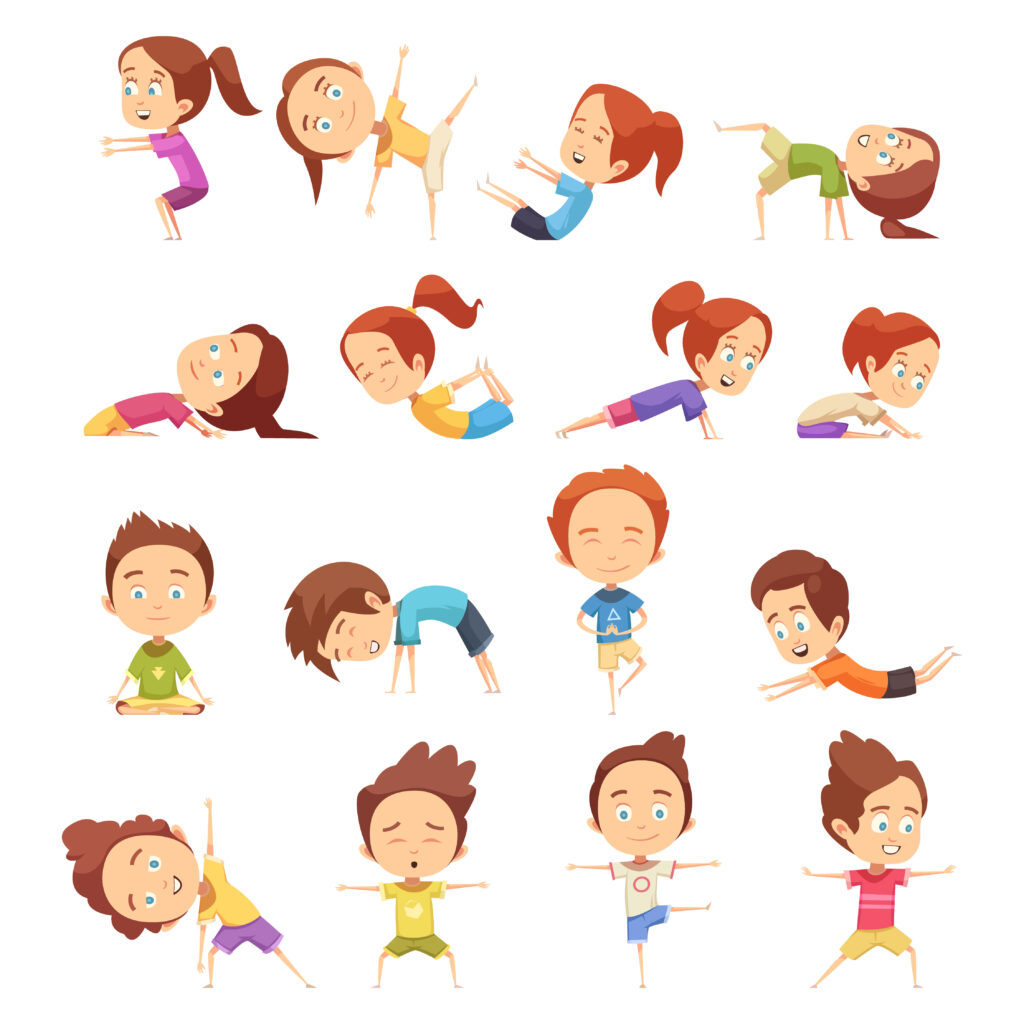Introduction :
Physical activity plays a vital role in the overall development and well-being of children. Regular exercise and active playtime not only contribute to physical fitness but also have a profound impact on various aspects of child development, including cognitive, social, and emotional growth. In this article, we will explore the importance of physical activity in child development, discuss the benefits it offers, and provide practical tips for encouraging an active lifestyle in children. By understanding the significance of physical activity and making it a priority, parents and caregivers can help their children thrive and reach their full potential.
Physical Activity and Cognitive Development :
Engaging in regular physical activity has a positive impact on cognitive development in children. Here are some ways physical activity benefits cognitive growth:
- Enhanced Brain Function: Physical activity increases blood flow and oxygen delivery to the brain, promoting optimal brain function and improving attention, concentration, and memory.
- Improved Academic Performance: Research has shown a positive correlation between physical activity and academic performance. Active children often demonstrate better problem-solving skills, creativity, and overall academic achievement.
- Executive Function Skills: Physical activity helps develop executive function skills, such as self-control, decision-making, and goal-setting, which are crucial for academic success and lifelong learning.
- Enhanced Brain Plasticity: Physical activity stimulates the growth of new neural connections and strengthens existing ones, contributing to improved cognitive flexibility and adaptability.
Physical Activity and Social Development :
Physical activity plays a significant role in fostering social development and building important social skills. Here’s how physical activity benefits social growth in children:
- Teamwork and Cooperation: Participating in team sports and group activities encourages children to collaborate, communicate, and work together towards a common goal, promoting teamwork and cooperation.
- Communication Skills: Engaging in physical activities provides opportunities for children to practice verbal and non-verbal communication skills, such as expressing ideas, listening to others, and interpreting body language.
- Conflict Resolution: Physical activity settings often involve resolving conflicts, sharing resources, and negotiating rules, allowing children to develop essential conflict resolution and problem-solving skills.
- Empathy and Emotional Intelligence: Through physical activities, children learn to understand and empathize with their peers, recognizing and responding to different emotional cues, fostering emotional intelligence and empathy.

Physical Activity and Emotional Well-being :
Regular physical activity has a significant impact on the emotional well-being of children. Here’s how physical activity supports emotional development:
- Stress Reduction: Physical activity acts as a natural stress reliever, reducing anxiety, improving mood, and promoting emotional resilience in children.
- Self-Esteem and Body Image: Participating in physical activities boosts self-esteem and promotes a positive body image, helping children develop a healthy sense of self-worth and confidence.
- Regulation of Emotions: Physical activity provides an outlet for emotional expression and helps children regulate their emotions effectively, leading to improved emotional stability and self-control.
- Mental Health Benefits: Active children are less prone to developing mental health issues such as depression and anxiety. Physical activity stimulates the release of endorphins, the “feel-good” hormones, which contribute to improved mental well-being.
Practical Tips for Encouraging an Active Lifestyle :
To foster an active lifestyle and reap the benefits of physical activity, here are some practical tips for parents and caregivers:
- Be a Role Model: Engage in physical activities yourself and demonstrate the importance of an active lifestyle. Children are more likely to follow suit when they see their parents and caregivers valuing and prioritizing physical activity.
- Provide a Variety of Activities: Expose children to a wide range of physical activities, including team sports, individual sports, outdoor play, and structured exercise programs. This allows children to explore different interests and find activities they enjoy.
- Make It Fun: Incorporate elements of fun and playfulness into physical activities. Organize family outings to the park, go on nature walks, have dance parties at home, or create obstacle courses in the backyard. The more enjoyable the activity, the more likely children will engage in it consistently.
- Limit Screen Time: Set reasonable limits on screen time and encourage children to spend more time engaging in active play and physical activities instead. Create a screen-free environment during certain hours of the day to encourage active play and movement.
- Set Realistic Goals: Help children set realistic goals and track their progress. Whether it’s improving running speed, learning a new dance routine, or increasing flexibility, setting and achieving goals can motivate children to stay active and challenge themselves.
- Family Time: Schedule regular family physical activities, such as bike rides, hikes, or backyard games. This not only promotes physical activity but also strengthens family bonds and creates lasting memories.
- Active Transportation: Encourage walking or biking to nearby destinations instead of relying solely on cars. This not only increases physical activity but also instills a sense of independence and environmental awareness.
- Incorporate Physical Activity into Daily Routine: Find opportunities to integrate physical activity into daily routines. Encourage children to take active breaks during homework or chores, such as doing jumping jacks or stretching between tasks.
- Community Involvement: Explore local community centers, sports clubs, and recreation programs that offer physical activities for children. These organizations often provide structured programs and opportunities for social interaction with peers.
- Safety First: Prioritize safety during physical activities. Ensure children wear appropriate protective gear, such as helmets, knee pads, and proper footwear. Teach them about basic safety rules and guidelines for different activities.
Conclusion :
Physical activity plays a crucial role in child development, impacting cognitive, social, and emotional growth. By encouraging an active lifestyle and providing opportunities for regular physical activities, parents and caregivers can support their children’s overall well-being and help them reach their full potential. From improved cognitive function and social skills to enhanced emotional well-being, the benefits of physical activity are far-reaching. By incorporating these practical tips into daily routines and making physical activity a family priority, we can set our children on a path of lifelong health, happiness, and success.